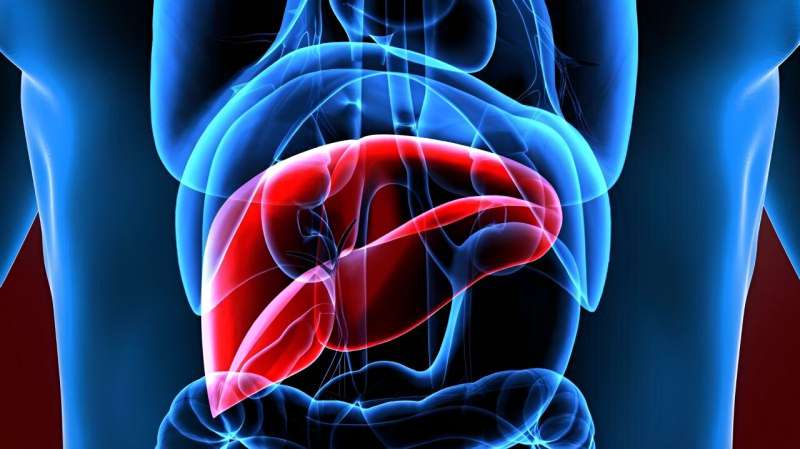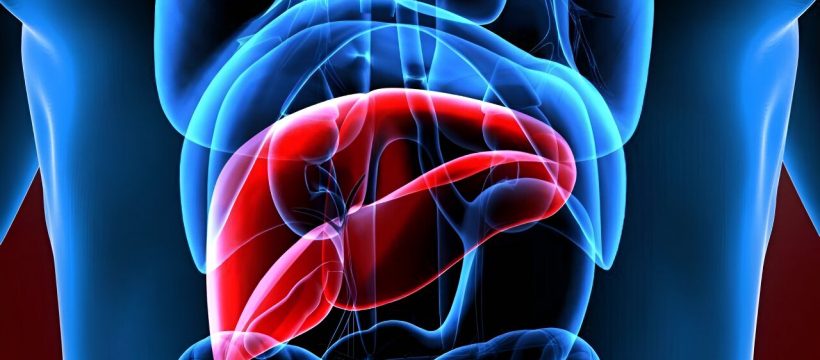
For individuals with steatotic liver disease (SLD) at low risk for advanced fibrosis, there is a nonlinear association between alcohol consumption and mortality, with increased risk at or above consumption of 7.4g/day, according to a research letter published online Dec. 14 in JAMA Network Open.
Yee Hui Yeo, M.D., from Cedars-Sinai Medical Center in Los Angeles, and colleagues examined the dose-dependent association of alcohol use with progression of SLD using a noninvasive method based on data from the U.S. National Health and Nutrition Examination Survey III (1988 to 1994) database, followed through Dec. 31, 2019.
The researchers found that 20.8 percent of the 2,834 individuals with SLD had intermediate or high risk of advanced fibrosis, with male predominance and higher prevalence of metabolic disorders. Individuals at intermediate or high risk of advanced fibrosis had a mortality rate of 4,342 per 100,000 persons during 66,299 person years of follow-up, compared with 1,099 per 100,000 persons in the low-risk group.
A nonlinear association between alcohol consumption and mortality was seen in the low-risk group after adjustment for demographic characteristics and metabolic variables. At a 7.4g daily intake, mortality risk exceeded an adjusted hazard ratio of 1.00. In the intermediate- or high-risk groups, a linear association was observed between daily alcohol consumption and increased mortality risk.
“The finding aligns with previous research indicating higher risk of fibrosis progression among moderate drinkers,” the authors write. “Individuals with SLD should be advised to maintain regular health monitoring and lifestyle management.”
More information:
Yee Hui Yeo et al, Alcohol Intake Thresholds Among Individuals With Steatotic Liver Disease, JAMA Network Open (2023). DOI: 10.1001/jamanetworkopen.2023.47548
Journal information:
JAMA Network Open
Source: Read Full Article
